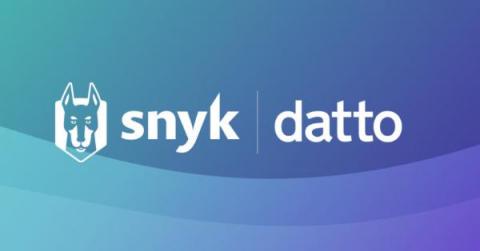How Datto made developer-first security a reality with Snyk
When David McCheyne, DevOps Engineer at Datto, outlined a plan to ease the company into developer-first security using Snyk, he thought it would take his teams a year to prove the concept. A seasoned DevOps pro, David understood very well the enormity of this change and was prepared to slowly introduce Datto security champions to the Snyk platform and not force the process.











